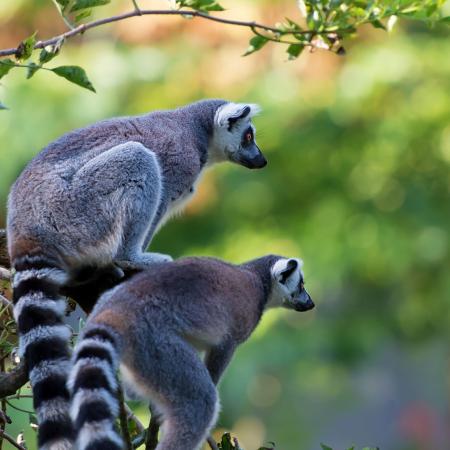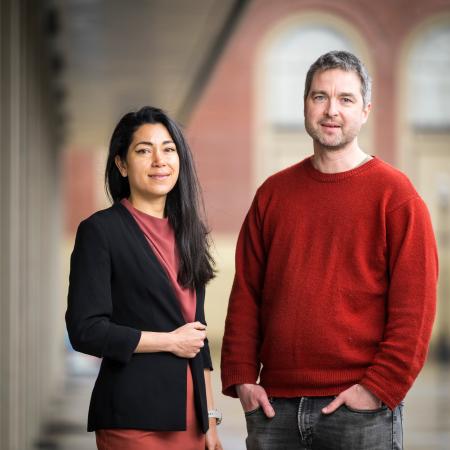While the College of Science at Oregon State was formally established in 1932, science programs and departments have shaped the evolution of research and education at OSU since its 1868 land grant designation.
In fact, long before OSU’s College of Agricultural Sciences came into existence, the new agricultural curriculum was first taught in the Department of Chemistry in 1870 paving the way for the scientific study of agriculture for the first time in the Pacific Northwest. Such pioneering science programs since the earliest days of the institution were responsible for OSU’s land grant designation making it one of three land-grant colleges in the country at that time (The other two were the University of Illinois at Urbana-Champaign and the University of California at Berkeley).
The first professors of engineering at OSU in the 1890s were also professors of mathematics. Some of the university’s earliest engineering disciplines would not have flourished if it were not for the fundamental sciences. A four-year mining engineering curriculum was established in the Department of Chemistry in 1900 that led to the consolidation of early engineering programs in metallurgy.
The chemistry department was also the home of the first geology courses. It would not be an exaggeration to say that the natural and physical sciences at OSU have shaped and guided the growth of the world-class research and education that takes place across all STEM (science, technology, engineering and mathematics) fields in the university today.
The College is proud to have played a significant role in the establishment of several distinguished academic fields of study and pioneering research centers.
1870
Agricultural sciences at OSU gets its start when a new agricultural curriculum is taught in the Department of Chemistry to an inaugural batch of 25 students.
First class—one woman and two men—graduates with Bachelor of Science (B.S.) degrees.
1899
Microbiology, one of the oldest departments at Oregon State, originated as a single course in bacteriology in 1899. Today the department is at the helm of pioneering research on microbial communities in agriculture and aquatic environments.
1900
One of the earliest engineering disciplines, mining, begins in the Department of Chemistry.
1932
The School of Science (converted to College of Science in 1973) established under the leadership of E.L. Packard, Dean, 1932-1938.
1935
First Ph.D. degrees conferred (three in science and one in agriculture) during the 65th Commencement.
1941
Francois Archibald Gilfillan, Dean of the School of Science, appointed acting president of Oregon State College (presently known as OSU).
1952
The pioneering Science Research Institute, 1952-1974, promoted significant and path-breaking collaborative research between OSU scientists and leading U.S. scientific agencies.
1959
The era of scientific ocean research at OSU begins with studies in coastal oceanography in the School of Science with the active support of Dean Francois Gilfillan.
1969
Currently led by biochemist Joseph Beckman, the multi-disciplinary Environmental Health Sciences Center is established to promote research on environmental effects on humans.
1973
The Survey Research Center opens under the aegis of the Department of Statistics, bringing state-of-the-art survey methodology to state, federal and local clients.
1984
With an endowed chair in polymer chemistry, alumnus Milton Harris (1926) establishes the first endowed position in OSU.
1993
The Department of Atmospheric Sciences transfers to oceanography (now the College of Earth, Ocean and Atmospheric Sciences) from the College of Science
2011
Science at OSU receives a tremendous boost when The Linus Pauling Science Center opens its doors to students and researchers studying chemistry, biochemistry and the life sciences.
The Department of Geosciences transfers from the College of Science to create the College of Earth, Ocean and Atmospheric Sciences.




